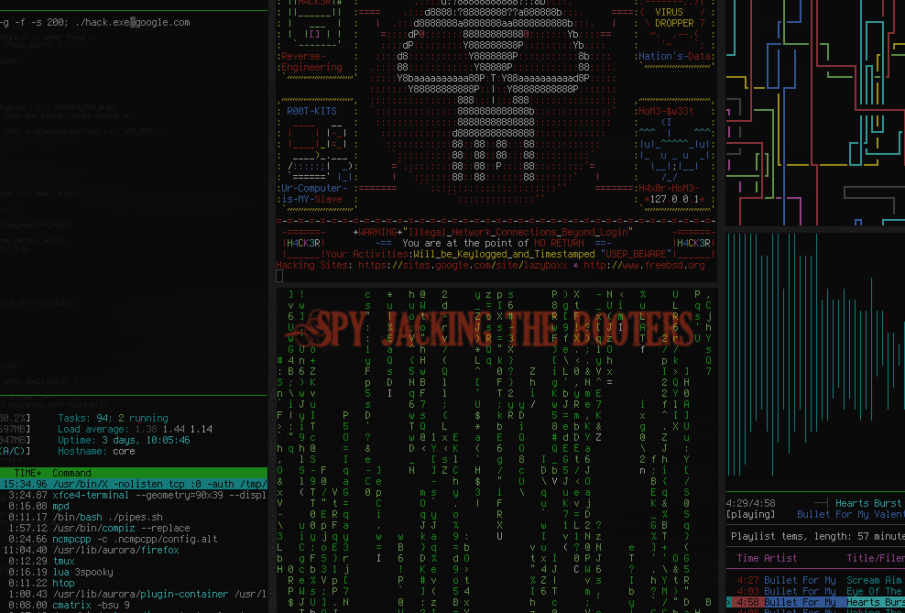Maximum connection chaos – Unrestricted IP booter panel

Where connectivity reigns supreme, a sinister threat lurks in the shadows – the unrestricted IP booter panel. This powerful tool, wielded by cybercriminals, poses a grave risk to online infrastructure, unleashing maximum connection chaos with devastating consequences.
Anatomy of chaos
- Amplified attack vectors – Unrestricted booter panels leverage amplification techniques to magnify the impact of DDoS attacks. By exploiting vulnerable protocols such as DNS, NTP, and SSDP, attackers amplify their attack traffic, overwhelming target systems and networks with minimal effort.
- Scalability and resilience – The unrestricted nature of these booter panels enables attackers to scale their assaults dynamically, harnessing vast networks of compromised devices to amplify attack volume. This scalability, coupled with resilience against mitigation efforts, poses a formidable challenge to defenders seeking to protect their assets.
- Customization and targeting – Attackers wield unprecedented control over attack parameters, tailoring each assault to suit their objectives. From attack duration and intensity to target selection and geographic distribution, every aspect is customized for maximum impact. This level of granularity enables precise targeting of critical infrastructure, services, and organizations.
- Evasion and stealth tactics – To evade detection and prolong the duration of attacks, unrestricted booter panels employ sophisticated evasion techniques. These include IP spoofing, traffic obfuscation, and encryption methods, making it difficult for defenders to distinguish between legitimate and malicious traffic.
Impact of maximum connection chaos
- Service disruption and downtime – Targeted systems and networks experience significant downtime, rendering services inaccessible to legitimate users. This disruption not only impacts revenue and productivity but also tarnishes the reputation and credibility of affected organizations.
- Financial losses and recovery costs – The financial ramifications of a DDoS attack extend beyond immediate downtime. Organizations incur expenses related to incident response, mitigation efforts, and infrastructure upgrades to fortify defenses against future attacks. Moreover, lost revenue stemming from disrupted operations further compounds the economic impact.
- Reputation damage and trust erosion – Trust is a precious commodity in the digital realm, and a successful DDoS attack shatters it irreparably. Customers, partners, and stakeholders lose confidence in the ability of organizations to safeguard their data and uphold service reliability. Rebuilding trust and repairing reputational damage require concerted efforts and transparent communication.
how does a stresser work? Organizations face regulatory scrutiny and legal consequences in the aftermath of a DDoS attack. Compliance with data protection regulations, incident reporting requirements, and industry standards becomes paramount, necessitating thorough documentation and cooperation with regulatory authorities.
Mitigating the threat
- Network monitoring and intrusion detection – Proactive monitoring of network traffic, coupled with robust intrusion detection systems, enables early detection of DDoS attacks and prompt initiation of mitigation measures.
- Traffic filtering and rate limiting – Implementing traffic filtering mechanisms and rate-limiting policies helps mitigate the impact of DDoS attacks by distinguishing between legitimate and malicious traffic and prioritizing essential services.
- Collaborative defense and information sharing – Collaboration among stakeholders, including industry peers, law enforcement agencies, and cybersecurity experts, enhances collective resilience against DDoS attacks. Sharing threat intelligence and best practices facilitates timely response and adaptation to emerging threats.
- Enhanced security awareness and training – Educating personnel about the risks associated with DDoS attacks and the importance of cybersecurity hygiene empowers organizations to recognize and mitigate potential threats proactively.
The unrestricted IP booter panel represents a formidable weapon in the arsenal of cybercriminals, capable of inflicting widespread disruption and chaos with alarming efficiency.















